August 27 @ 15:25I arrived here by happenstance. I was supposed to find herbs for a beer I'm brewing but was unsuccessful. I knew I was near another brewery which I tried to find, but failed. Not my finest hour. But I recognized the area as I was here briefly once before, and knew there was a Biergarten around. The pastI was here with my partner back in late September, fresh in Berlin with ten days to find a flat. Since she is Swiss and I American, we did not have the proper documents required by most tenants and were (understandably) being rejected left and right. In Berlin, our friends have stories of how it took them up to two years to find an apartment, most of the time in a shared flat. We were getting desperate. The room we saw - which was only a student apartment meant for one person - was occupied by a mother and her child with another on the way. She herself wasn’t from Germany and had a large scar on her left cheek. The place was unkempt and dirty, with diapers scattered about and the sounds of cartoons on the television. The woman, who said she was to be married, seemed happy and was just looking for someone to cover the remaining months on her lease (which by the looks of it was illegal). We got out of there as fast as we could. Observations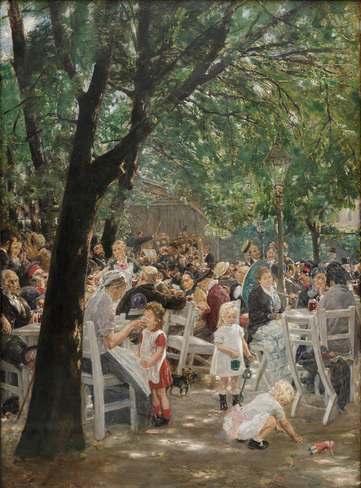 Now that we have (somehow) landed on our feet, my girlfriend and I like to revisit these areas. The biergarten is just to the left of that apartment complex. This time, I am alone, but the mood is vastly different. The sun is shining, there is the low mumble of pleasant conversation with children playing somewhere in the surrounding apartment complex. Nearly all of the 24 tables here are filled either with groups or with couples; out of the roughly 50 people here, only three are alone. I order an amber ale, which had a forgettable malt flavor but an absolute killer nose (I would guess it was dry hopped with Centennial). My brain is telling me this beer tastes healthier than others, but I don't know why. There is a large oak tree in the middle of the garden, with hedges separating us from the surrounding apartment buildings. Another couple arrives while two leave. My German is markedly better than when I first moved to Germany, but not at the level where I can understand such a large crowd. Everyone here is probably from the area. Although one guy may be American telling by his accent, his German, however, is perfect. On tap, there is a hefeweizen, pils, amber and a gold. You can also purchase fresh apple juice and whiskey all made at the brewery. Interestingly enough, every drink is equally represented amongst the patrons. I start to wonder if such a place would work in the US. If this were a new craft beer bar and their selection was only a pils, a hef, a gold and an amber, it probably wouldn’t receive rave reviews. Probably something along the lines of: “solid, looking forward to seeing this place develop.” Is this place craft? Does it matter? Everyone here is happy, and no one seems to care that there isn't an IPA on tap. Another couple arrives, and one has a local craft brewery t-shirt on, amusingly enough. I order the hef, which was not too standout-ish, but incredibly sessionable. A man comes to simply fill a growler. I am reminded of my old biology days, sitting quietly and observing life. Despite being alone, I am very comfortable. Four more whiskeys are ordered for the party at the back (two men, two women, one whiskey each). The chatter of the people is muted by the noises of a playground as the shade protects us from the heat. Kids are playing with toy cars on the table next to me, two different groups arrive as one leaves. This place is breathing. Time to gather juniper branches for that beer I’m supposed to be making.
0 Comments
Alcohol History Links August 19 - 26Microbrewing in the 1919sBoak and Bailey found a lovely newspaper article about the 'revival of cottage brewing in Essex village'. Armenian Beer RecreationsUsing lentils to make beer. I will have to look into more about this historically, but I'm really looking forward to the next batch, as it seems the first one was not terribly successful. Jovaru AlusPart 5 of Garshol's Lithuanian brewery tour from 2015. Max HeniusI must (embarrassingly) admit that I had no idea about Max Henius and his efforts to promote beer and brewing in the 1900s. According to this, it is possible that the late great Michael Jackson used Henius' book to help develop his classifications of beer. Brewing NordicFirst post for Brewing Nordic, with an introduction of Nordic farmhouse ales. "Once upon a time there were farmers who brewed beer from their own grains. They malted the grains, picked seasonings from the nearby forest, and fermented the brew with their house yeast. These farmers were not professional brewers, but they passed on their craft, word of mouth, from generation to generation." Thieme and Wagner Beer MemorabiliaA private collection of memorabilia from a brewery which began operations in 1858. Oregon Hops and Brewing ArchivesA nice piece about the OHBA. Pumpkin Beer and HistoryAn interview with Mike Stein of Lost Lagers fame on the history of beer in D.C. Drinking Trends in History"The first of these [Innovations] originated in the late medieval Netherlands and involved the addition of hops to the brewing process. While English alewives had just used water, malt and some herbs to obtain a mildly intoxicating concoction for immediate consumption, hops made beer more durable and commercially rewarding. Eventually, it allowed for the emergence of a powerful industry flooding markets with mass output and tied public houses – until, that is, the advent of pressure groups advocating greater variety and a return to more “traditional” production methods."
Alcohol History Links August 12 - 19 |
Jordan RexBeer archaeologist Archives
November 2017
Categories
All
|
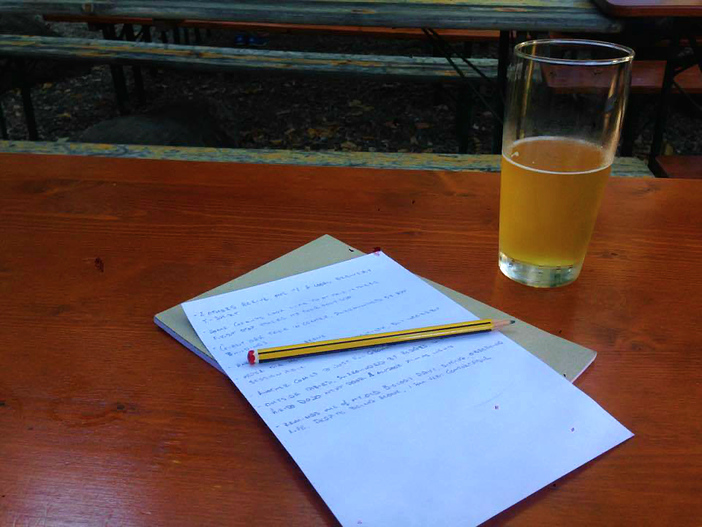


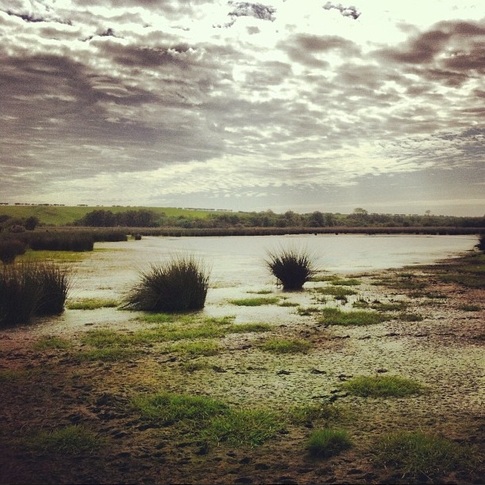
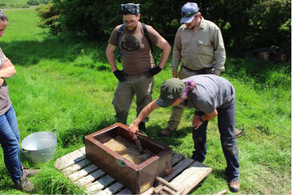
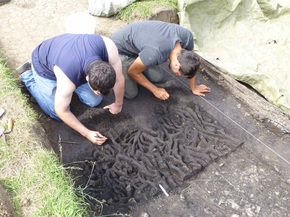
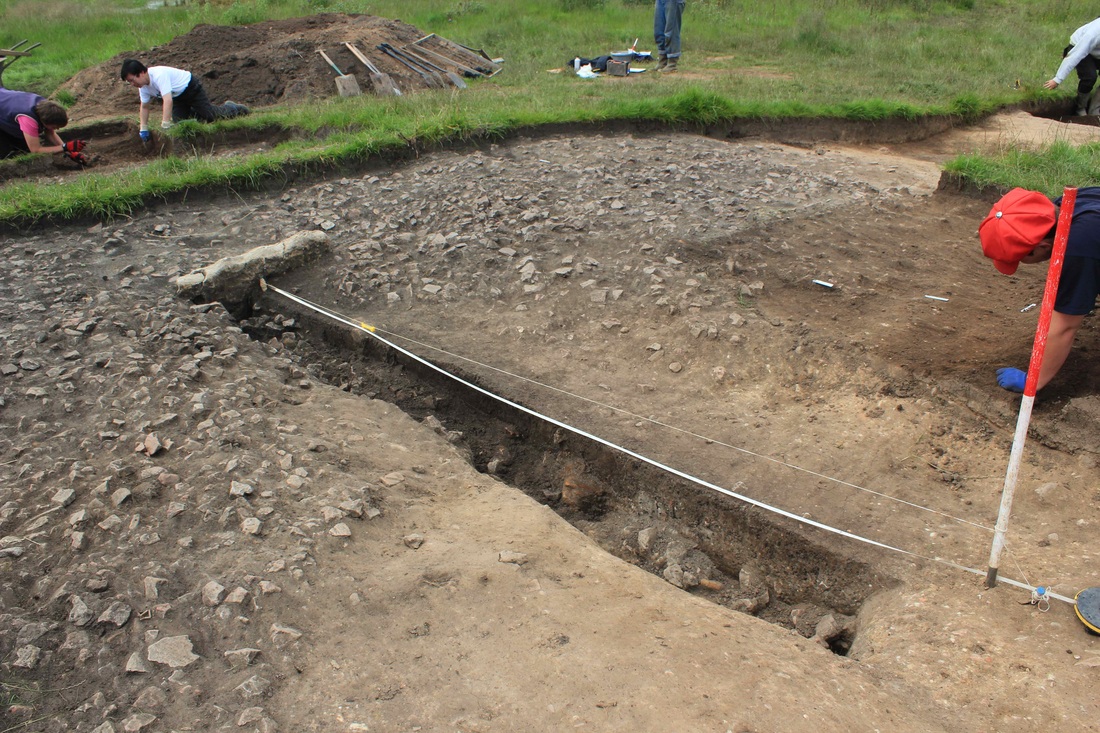

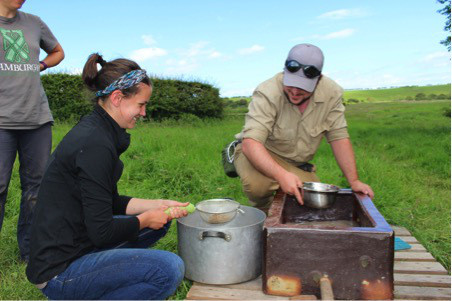

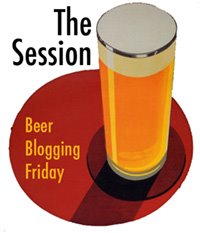
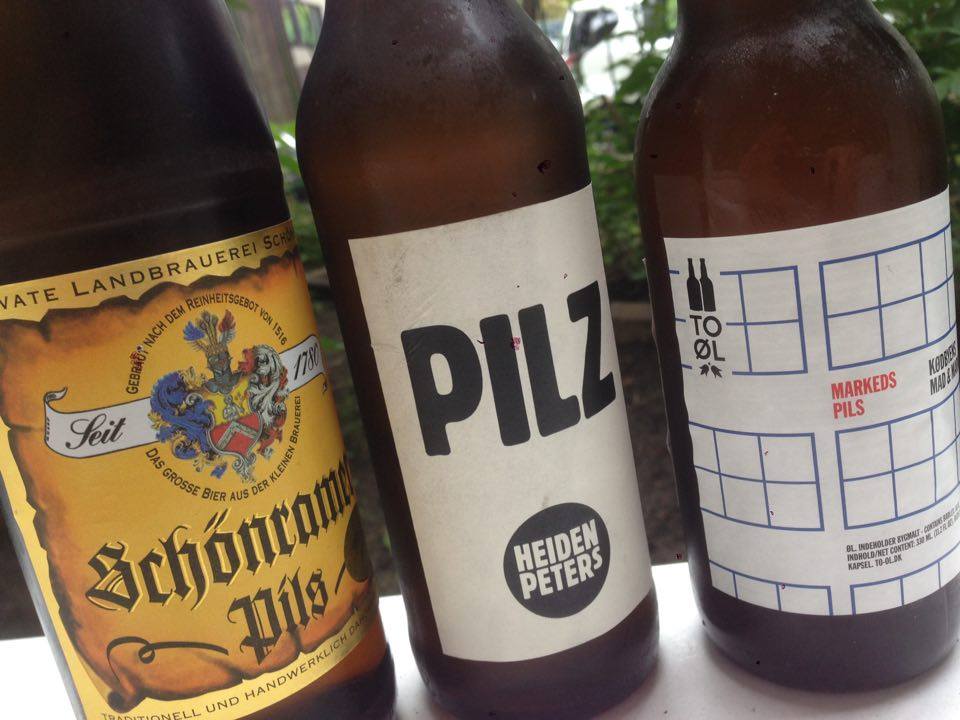

 RSS Feed
RSS Feed
